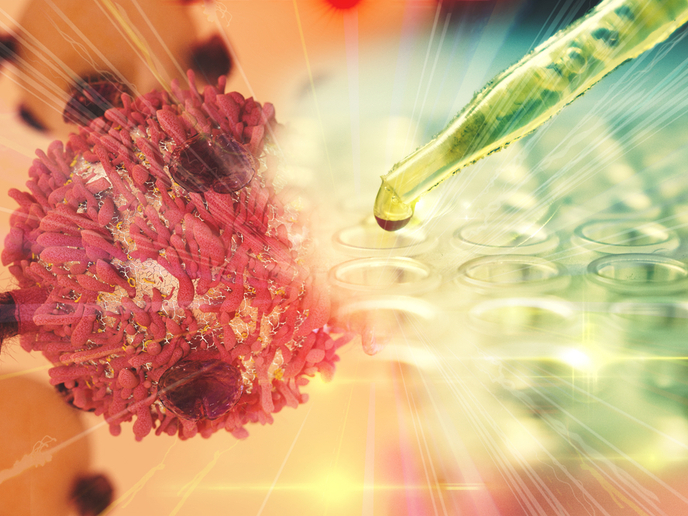The genetic basis of migraine
The migraine is rated among the most disabling chronic disorders according to the World Health Organization (WHO), affecting over 12 % of the population. Migraine-related treatment costs in the EU are estimated to exceed EUR 27 billion, necessitating a thorough understanding of the disease biology in order to design more effective prophylactic treatment strategies. Prior work had identified three genes in families with familial haemiplegic migraine, implying that individuals inheriting certain variants of these genes had an increased chance of suffering from the condition. Functional studies had pointed to a common pathway of increased potassium and glutamate conferring increased susceptibility for cortical spreading depression (CSD) as the most likely mechanism for this disorder. With this in mind, the EU-funded ‘Migraine genes and neurobiological pathways’ (Eurohead) project aimed to investigate ionic disturbance as a potential mechanism for common forms of the migraine. To achieve this, project partners focused on families and isolated populations, and combined basic neurobiological with clinical research methods. Candidate genes were identified and their involvement in migraine attacks was investigated using integrated genome-wide scans, linkage disequilibrium mapping, bioinformatics and association studies. The functional consequences of gene mutations were studied in cellular and animal models of the migraine, and when possible in migraine patients, by using electrophysiological and neurobiological techniques. Results indicated that migraine attacks with and without aura could in part occur through independent mechanisms. The Eurohead project significantly contributed towards unravelling migraine pathways, hoping to achieve better opportunities for diagnosis and design of future migraine therapies. Exploitation of the project findings is expected to improve the health of migraine patients and quality of life for families affected by this major neurological disease.







